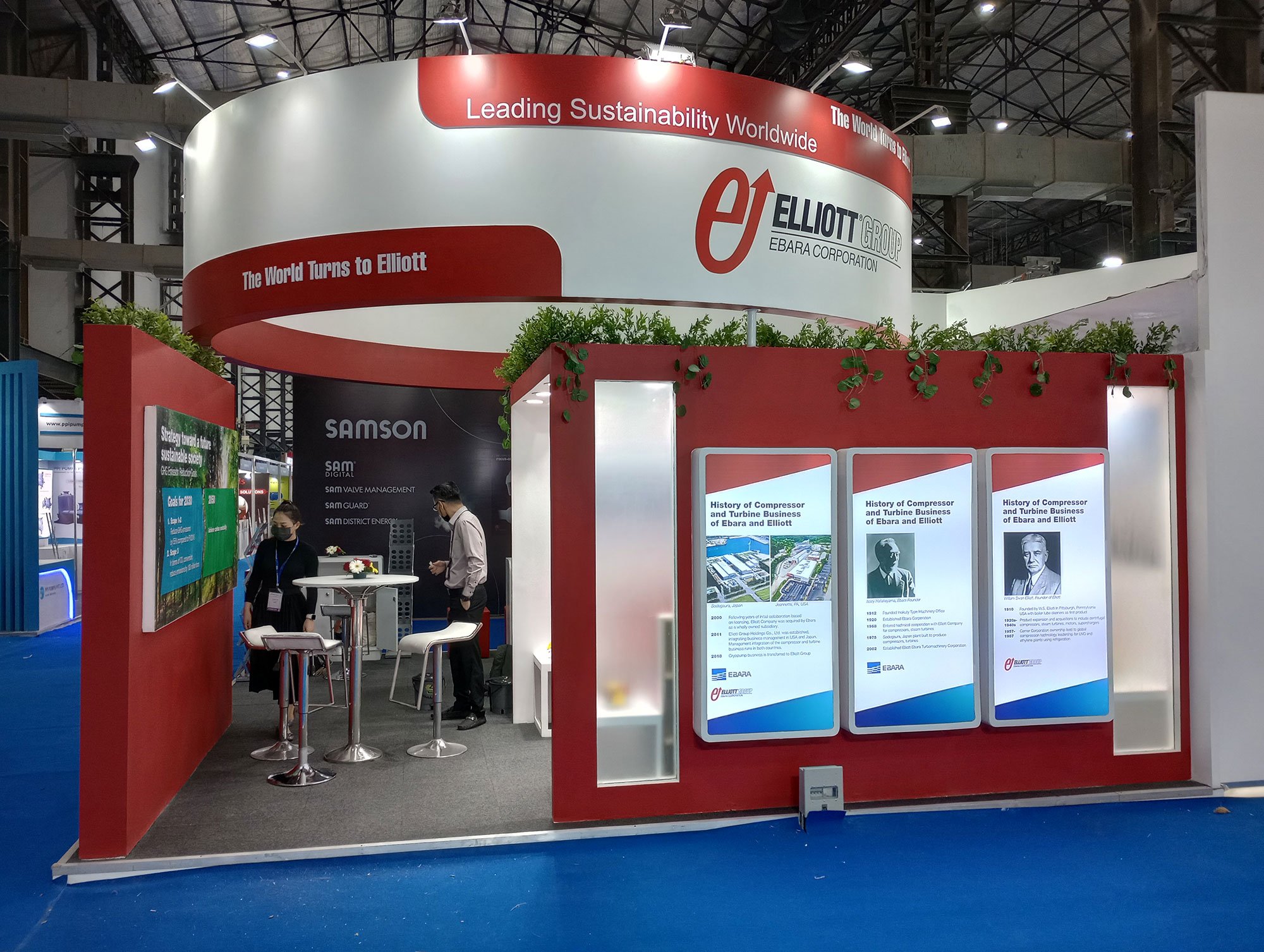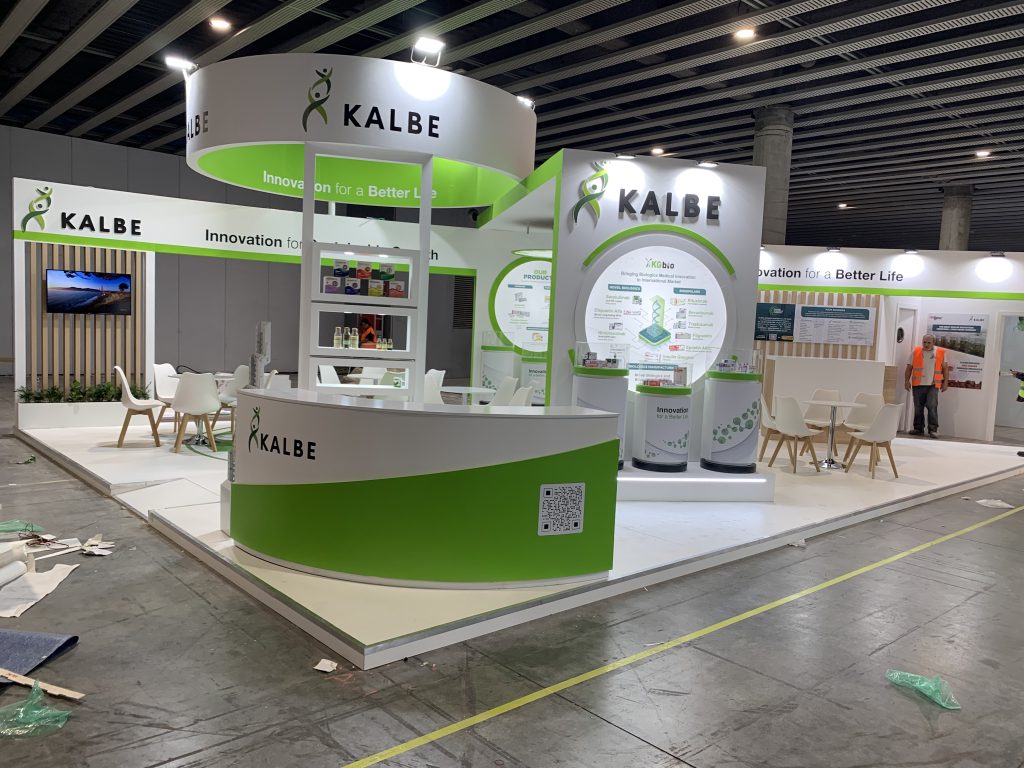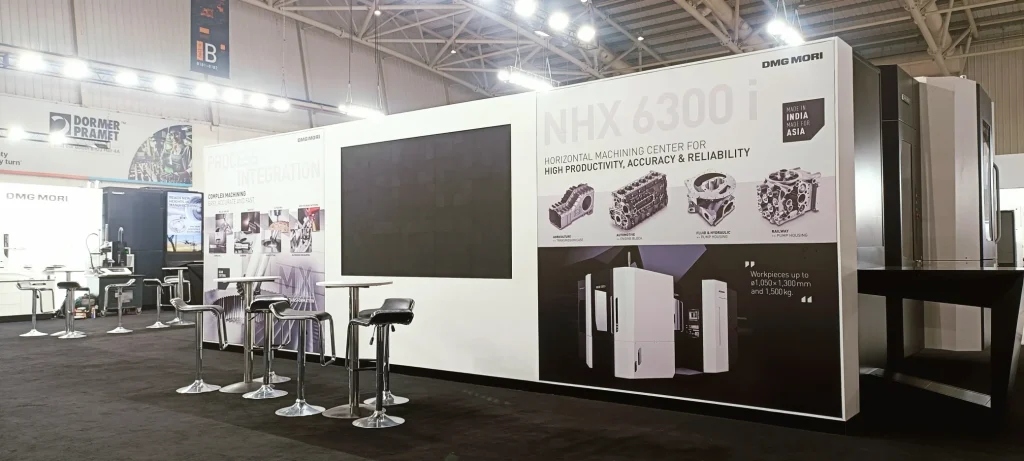
Introduction:
Trade show display design is a dynamic field constantly evolving with innovations that push the boundaries of creativity and functionality. In today’s fiercely competitive landscape, exhibitors are increasingly seeking novel ways to captivate audiences and leave a lasting impression.
By delving into data-driven insights and statistics, we can uncover the latest trends and innovations reshaping the trade show industry. In this comprehensive data-driven blog, we explore how these innovations in display design are redefining industry standards and setting new benchmarks for success.
Data-Driven Insights: Understanding Attendee Preferences
Understanding attendee preferences is paramount for designing effective trade show displays. According to a survey conducted by the Center for Exhibition Industry Research (CEIR), here are some key insights:
- 72% of attendees prefer to interact with exhibitors who offer interactive experiences.
- 67% of attendees value product demonstrations as the most influential factor in their purchasing decisions.
- 82% of attendees are more likely to remember brands with visually appealing displays.
These insights underscore the importance of incorporating interactive elements, product demonstrations, and visually appealing designs to attract and engage attendees effectively.
Innovative Display Technologies:
Advancements in display technologies are revolutionizing trade show design, offering exhibitors new ways to showcase their products and engage with audiences. Data from the Trade Show Exhibitors Association (TSEA) reveals:
- 63% of exhibitors are incorporating digital displays and video walls into their booth designs.
- 78% of attendees are more likely to visit booths with interactive touchscreen displays.
- 55% of exhibitors report increased engagement and lead generation with the use of augmented reality (AR) and virtual reality (VR) experiences.
These statistics highlight the growing trend towards incorporating digital and interactive technologies to create immersive and engaging trade show experiences.
Sustainable Design Practices:
Sustainability is becoming increasingly important in trade show display design, driven by growing environmental concerns and consumer preferences. According to data from the Global Association of the Exhibition Industry (UFI):
- 87% of attendees are more likely to engage with brands that demonstrate a commitment to sustainability.
- 65% of exhibitors are implementing eco-friendly materials and practices in their booth designs.
- 42% of exhibitors report cost savings and positive brand perception as benefits of adopting sustainable design practices.
These statistics underscore the importance of incorporating sustainable materials and practices into trade show displays to attract environmentally-conscious attendees and enhance brand reputation.
Interactive Engagement Strategies:
Interactive engagement strategies are gaining traction as exhibitors seek to create memorable experiences for attendees. Data from Event Marketer’s EventTrack study shows:
- 70% of attendees become regular customers after engaging with a brand at a trade show.
- 85% of exhibitors believe engagement is the most important factor in booth design.
These statistics emphasize the significance of interactive elements such as gamification, live demonstrations, and hands-on experiences in driving attendee engagement and fostering lasting connections with brands.
Customization and Personalization:
Personalization is becoming increasingly important in trade show display design, as exhibitors seek to create tailored experiences for different target audiences. Data from a survey conducted by the International Association of Exhibitions and Events (IAEE) reveals:
- 74% of attendees prefer exhibitors who personalize their offerings based on their interests and preferences.
- 63% of exhibitors are incorporating customization features into their booth designs, such as interactive kiosks and personalized product recommendations.
- 81% of exhibitors report higher attendee engagement and satisfaction levels with personalized experiences.
These statistics highlight the growing demand for customized and personalized trade show experiences, and the potential for exhibitors to drive engagement and loyalty by catering to the individual needs and preferences of attendees.
Conclusion:
Innovations in trade show display design are reshaping industry standards and setting new benchmarks for success. By leveraging data-driven insights and statistics, exhibitors can stay ahead of the curve and create displays that captivate audiences, drive engagement, and enhance brand visibility.
Whether through interactive technologies, sustainable design practices, customized experiences, or visually appealing displays, the latest innovations are redefining the trade show experience and offering exhibitors new opportunities to stand out in a crowded marketplace.


 US
US
 EU
EU


